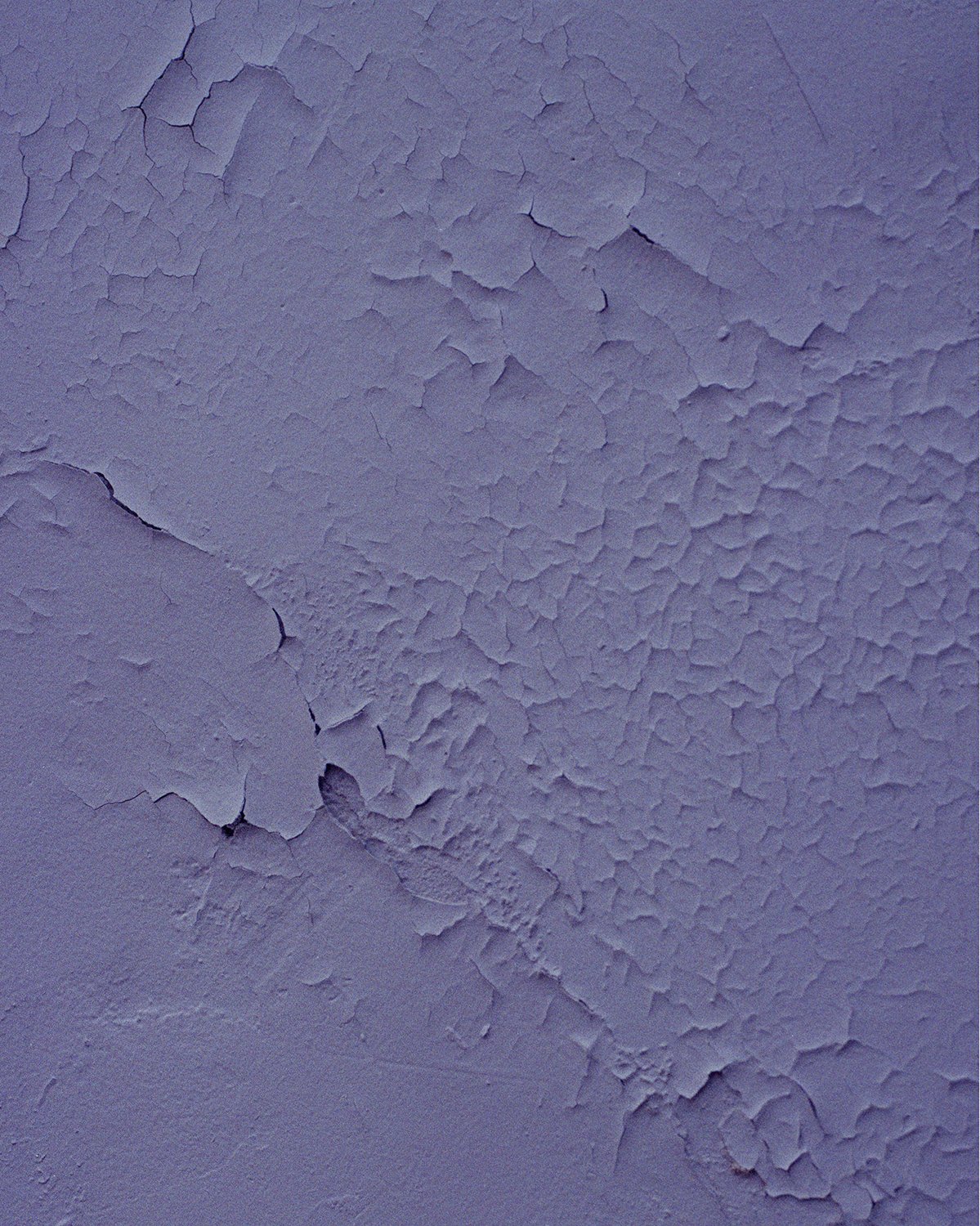The Future of Things
We’ve grown resistant to photography. We know the inherent seductiveness of the medium and how easily it can be manipulated. The stream of images we see everyday is overwhelming—it arrives in different resolutions on different screens, constantly updated and emailed, posted and tagged. That makes the spare and elegant work of Lenard Smith more remarkable. His photographs are precise and handsome, knowing and unhurried. They ask us to revisit what we thought we knew, and force us to recognize the delicate balances that exist in the world.
The luminous series,The Future of Things (2010) was shot on film over the course of a month at an art residency upstate New York. The color photographs are small, they don’t make grand claims for themselves or project a grandiose sense of their own importance— they’re decidedly analog. In fact, at first they seem impossibly modest. We see a fire hose, an upturned chair, chalk numbers on brick walls. Smith’s work seen as a whole—and it demands to be seen that way—gains momentum from image to image, reminding us of the pleasure of close observation, the spontaneous discovery of moments of visual grace and wit. Smith is attracted to lines, to symmetry. A teacher’s chalk
board in a classroom describes a chemical compound. The students have moved on, but Smith’s camera remains to use the drawing for his own devices. The artist has a knack for finding what other people overlook—that might be described as scavenging, but it’s more like incidental alchemy. Smith uses the combination of forms that are left by others and inventively re-frames them.
You see it in the stack of white cardboard boxes, the detritus of the office, so commonplace it’s almost invisible, becomes a minimal tower, discreet and serene. Smith has shares the power all good photographers have: he makes you look at the world through his eyes. You become sensitive to details that would normally go unnoticed and find visual rhythms hidden in plain sight.
Smith is a modernist who wears his knowingness lightly, but he’s aware that he’s part of a tradition. His photo of a pool spool neatly recalls a 1930 Florence Henri composition of wooden wheels. He betrays an enduring love of formalism that’s familiar to any Bauhaus devotee.
While the work is exacting it’s never heavy-handed. Smith doesn’t try to convert you with ideas, but with visual evidence that makes a case for its own ongoing value. It’s impossible to look through these pages without considering Smith’s striking sense of color—it can’t be taught. You are forgiven for finding beauty for the first time in the green metal wall of a dumpster—you just never looked at it that way and who can blame you? Smith re-presents you with what you’ve already seen, in the process he connects you to your surroundings. Your sensitivity heightened, everything looks fresh, like returning home after a long time away.
The sense of discovery in this work is real, but that’s not to say it happens by accident. Maintaining this serene precision demands composure. We see this in Fewer Particulars, Smith’s previous series of black-and-white photos of a former military training area. Deserted buildings, wasting school buses, sealed doors—in these images creeping decay intrudes upon formal poise. They imply abandonment and mystery, without sacrificing their assured elegance. A path between overgrown bushes is eerily inviting yet slightly dangerous—just what’s waiting out of sight around the bend? In his book The Ongoing Moment, Geoff Dyer writes that ‘when things have been photographed they look like other photographs, either ones that have already been taken or ones that are waiting to be taken. Despite his historical affinities, Smith remains an artist who points us toward the future. When you spend time with his work your sensibility is heightened going forward. There’s a sensitivity and lightness here that hints at improbable minor miracles. “They’re all around us”, Smith says, if only you look closer.
- David Coggins































